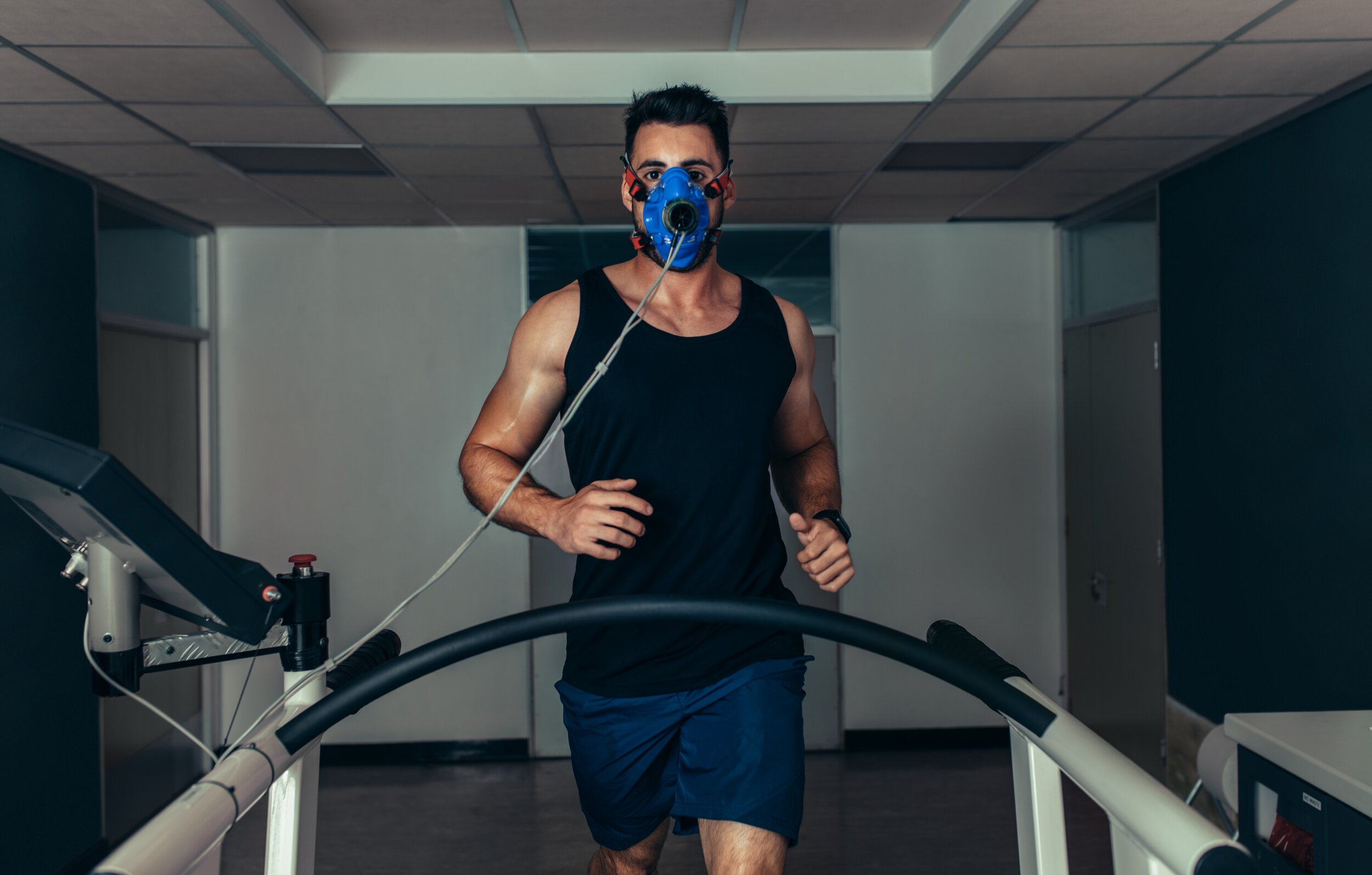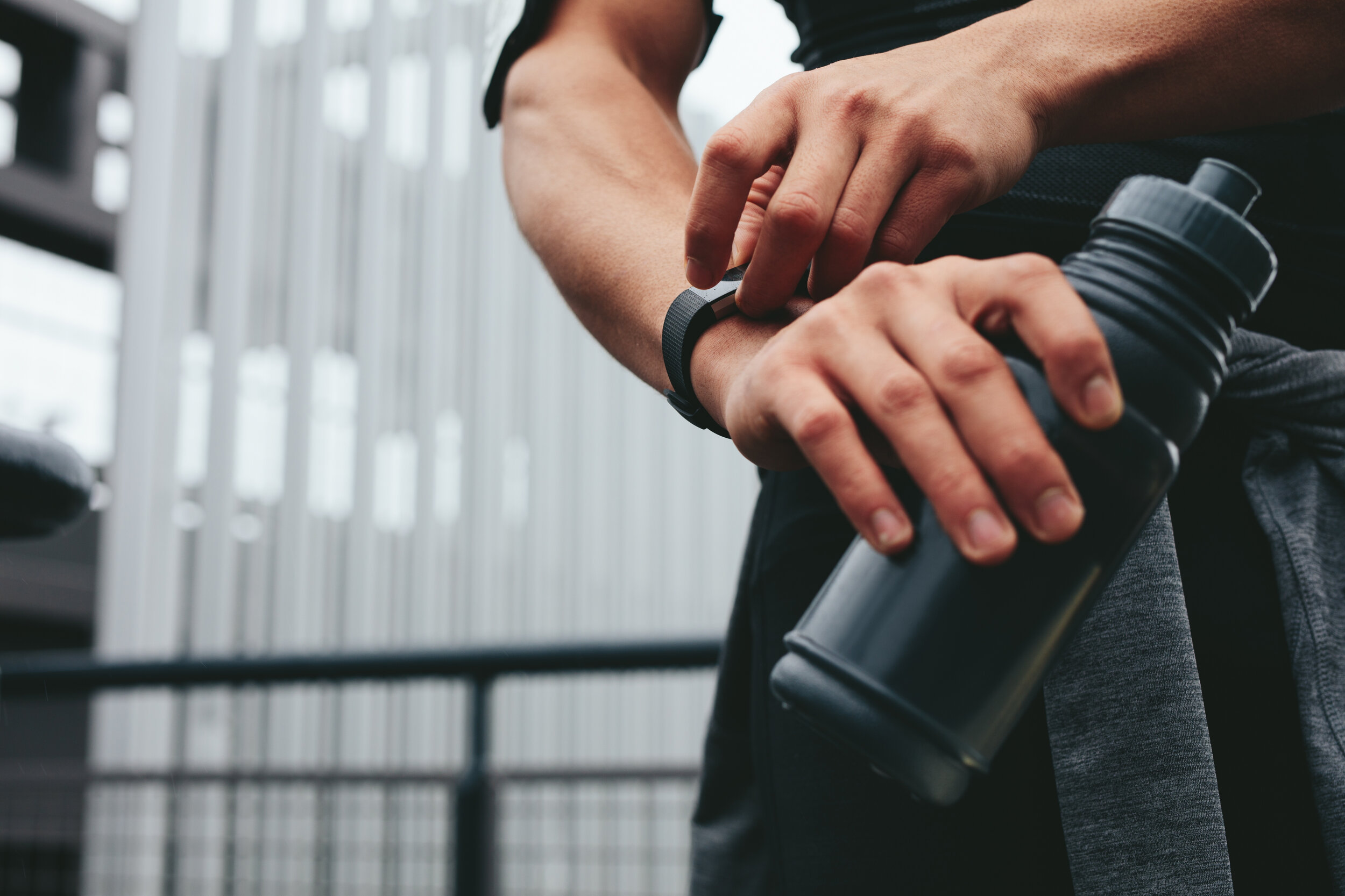Does a higher VO2 max give you a better chance against Coronavirus?
Your body’s ability to use oxygen could mean the difference against a respiratory virus.
At a time like this, many of us are searching the web and social media high and low for information about Coronavirus. It’s natural to seek answers when so much is still unknown.
The thing that often drives us to do this is our own fear of being infected and how we’ll fare in our battle against it once we’re sick.
It’s been widely reported that those with underlying issues, like obesity, diabetes, cancer, and high blood pressure, are at greater risk of being hospitalized and requiring a ventilator.
Given the reality that not being healthy prior to infection with COVID-19 can put you at risk of ending up in the hospital or even dying, it’s reasonable to assume that physical fitness can be one of our best weapons. Not for preventing infection, but for fighting it once we have the virus.
While pouring over fitness metrics, I landed on one that could be the most important when it comes to fighting a respiratory virus.
What is VO2 max?
Think about high-intensity exercise. You go all out while sprinting or doing burpees and at the end find yourself breathing heavily, desperate to catch your breath while your heart is pounding.
This is where your body’s ability transport and use oxygen is critical, and where it improves.
If you were to measure the volume (V) of oxygen (O2) you consume during this strenuous exercise, you would find your VO2 max.
This is most often done in a laboratory, running on a treadmill while you’re hooked up to a breathing mask. This the best way to find your VO2 max.
Many smart watches can give you an estimate, but without a breathing mask and a physiologist, these numbers are not very accurate.
A normal VO2 max is typically between 30 and 60, while some elite athletes have a VO2 max around 70.
The highest recorded VO2 max was a Norwegian athlete with a 97.5 in 2012.
VO2 Max and Coronavirus
COVID-19 is a respiratory virus, with the majority of the dying victims afflicted with Acute Respiratory Distress Syndrome (ARDS).
We know from doctors that, at a smaller scale, the virus is preventing the flow of oxygen from a patient’s lungs to their red blood cells and to their organs.
Professional athletes have some of the highest VO2 maxes. To date, around twenty professional athletes from the NBA, NHL, MLB, and NFL have tested positive for Coronavirus, with none of them requiring hospitalization.
No research currently exists to support my theory, but based on what we know about VO2 max and COVID-19, it’s reasonable to believe that those with a higher VO2 max have a much better chance at beating the virus.
How to Improve Your VO2 Max
Now that we understand what a VO2 max is and why it’s important, let’s talk about ways to improve it.
The best ways to improve your VO2 max are:
Sprinting
Rowing
Cycling
Swimming
When training to improve your VO2 max, focus on two key areas: intensity and repetition.
With intensity, we need to start removing our focus on distance. Running a 5k is great, but we’re looking for higher oxygen output during shorter bursts. That’s why sprinting becomes important.
For repetition, we need to condition our bodies to perform the same amount of work with less effort. Perform Vo2 max-focused training once a week.
Here’s a method that works really well for improving your VO2 max.
60:60 - 60 seconds of hard work and 60 seconds of active recovery. This means 60 seconds of sprinting, followed by 60 seconds of walking or a light run. Do this ten to twenty times.
This doesn’t mean you can neglect endurance training altogether. Maximal oxygen consumption reflects cardiorespirator fitness and endurance capacity in exercise performance.
The takeaway here is to training to boost your VO2 max with intervals and high-intensity once a week, while continuing to do your regular endurance training.
Bottom Line
Having a higher VO2 max doesn’t mean you won’t get Coronavirus but it means that you can battle the virus better if you do get infected.
Focus on intensity and repetition with sprinting, rowing, cycling, or swimming to improve your VO2 max once a week while continuing to perform your regular endurance training.








